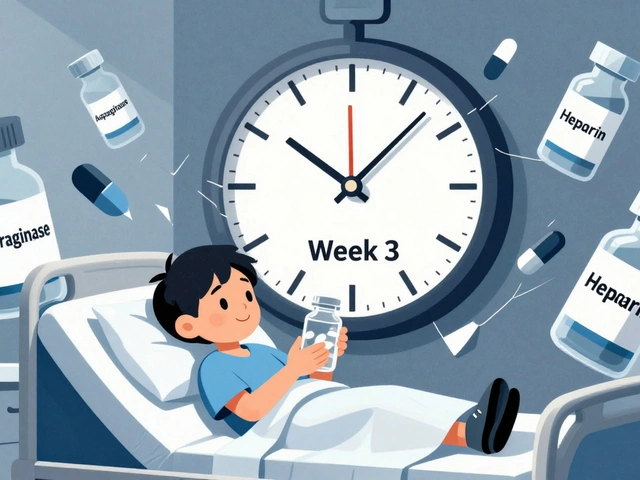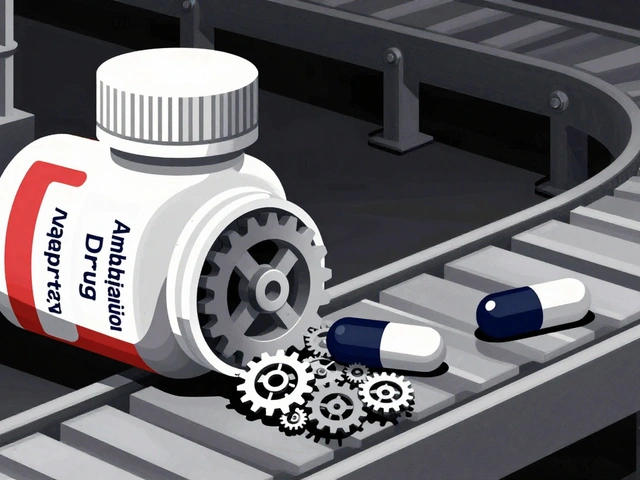Staph Infection: Causes, Treatments, and What You Need to Know
When you hear staph infection, a common bacterial infection caused by Staphylococcus bacteria, often affecting the skin but sometimes spreading deeper into the body. Also known as Staph aureus infection, it’s one of the most frequent reasons people end up in urgent care or the ER. It doesn’t always look scary—sometimes it’s just a red, swollen pimple or a blister that won’t heal. But if left unchecked, it can turn into something dangerous, like an abscess, pneumonia, or even bloodstream infection.
Not all staph infections are the same. The big worry these days is MRSA, a strain of staph that’s resistant to common antibiotics like methicillin and penicillin. This isn’t some rare hospital-only problem—it shows up in gyms, locker rooms, and even homes. People with cuts, eczema, or weakened immune systems are at higher risk, but healthy adults can catch it too. And because antibiotics don’t always work, doctors now have to rely on newer drugs, drainage procedures, or combinations of treatments to get ahead of it. That’s why knowing when to see a doctor matters more than ever. If a bump gets bigger, hotter, or starts oozing pus, don’t wait. If you feel feverish or the redness spreads quickly, that’s a red flag.
Staph doesn’t just live on skin—it hides on doorknobs, towels, gym equipment, and even phones. Good handwashing and keeping wounds covered are the first lines of defense. But when treatment is needed, it’s not one-size-fits-all. Some cases clear up with a topical ointment. Others need oral antibiotics like clindamycin or doxycycline. In severe cases, IV antibiotics or surgical drainage are required. And because of rising antibiotic resistance, the growing problem where bacteria evolve to survive drug treatments. Also known as superbug, it’s why doctors are more cautious now about prescribing antibiotics for minor skin issues. Overuse leads to stronger bugs. That’s why some mild staph infections are now watched instead of treated right away.
What you’ll find in the posts below isn’t just generic advice. These are real, practical guides written by people who’ve seen what works—and what doesn’t. You’ll read about how certain antibiotics like cefuroxime help with stubborn biofilm infections, how drug interactions can make things worse, and how to spot when swelling or fever means you’re in deeper trouble. There’s no fluff. Just clear, direct info on what staph infection really means today, how to handle it safely, and how to avoid making it worse.

Bacterial Skin Infections: Impetigo, Cellulitis, and Antibiotics Explained
Impetigo and cellulitis are two common bacterial skin infections that look similar but require very different treatments. Learn how to tell them apart, what antibiotics actually work, and when to seek emergency care.
read more




